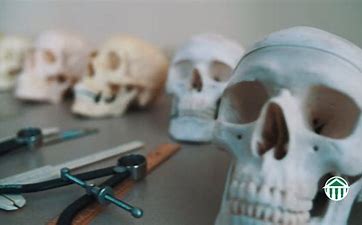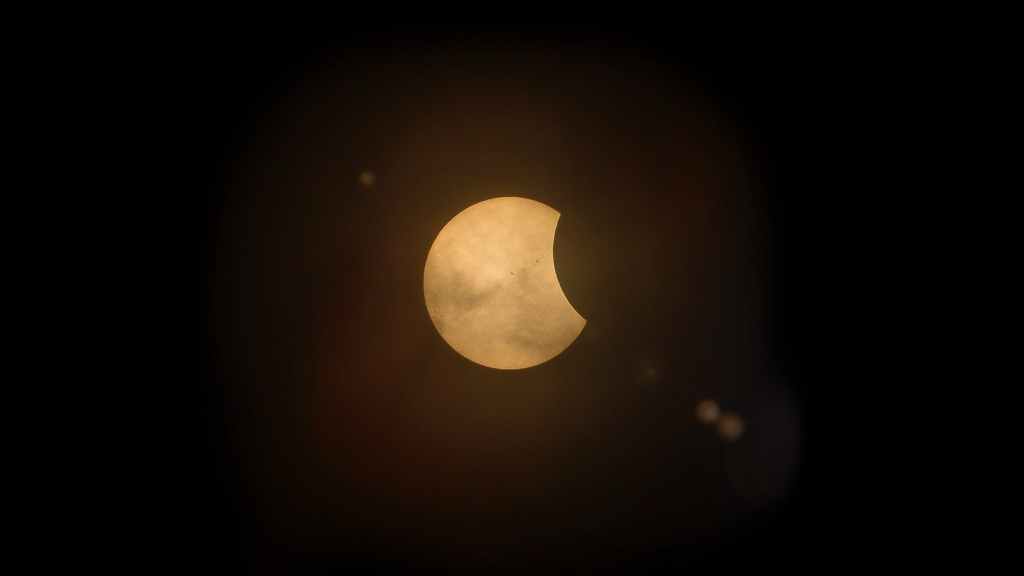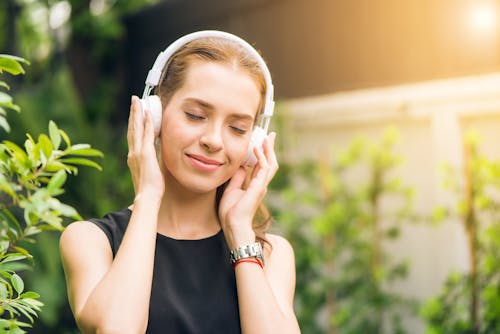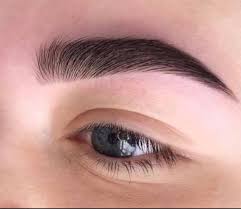By Shashikant Nishant Sharma
Science, Technology, Engineering, and Mathematics, collectively known as STEM, form the bedrock of innovation and progress in our modern world. From groundbreaking discoveries in medicine to the latest advancements in artificial intelligence, STEM fields play a pivotal role in shaping the future of humanity. In this article, we’ll delve into the significance of STEM and explore how it drives innovation across various sectors.
Science:

At the heart of STEM lies science—the pursuit of knowledge through observation, experimentation, and analysis. Scientific discoveries have transformed our understanding of the natural world and led to revolutionary breakthroughs. From Isaac Newton’s laws of motion to the discovery of DNA structure by James Watson and Francis Crick, science lays the foundation for technological advancements and drives innovation by answering fundamental questions about the universe.
Technology:
Technology is the application of scientific knowledge for practical purposes, and it permeates every aspect of our daily lives. The rapid evolution of technology has given rise to the digital age, with innovations like smartphones, the internet, and artificial intelligence becoming integral parts of society. STEM professionals in the field of technology are instrumental in developing new software, hardware, and systems that enhance efficiency, communication, and overall quality of life.
Engineering:
Engineers are the architects of the technological landscape, translating scientific principles into tangible solutions. Whether it’s designing sustainable infrastructure, creating cutting-edge medical devices, or developing renewable energy sources, engineers play a crucial role in addressing global challenges. STEM-driven engineering fosters creativity, problem-solving, and a commitment to building a better future.
Mathematics:
Mathematics serves as the language of STEM, providing the framework for scientific theories and technological applications. From cryptography algorithms to predicting climate patterns, mathematics is the invisible force that underpins many advancements. Mathematicians contribute not only to theoretical frameworks but also to practical solutions in various fields, including finance, cryptography, and data analysis.
STEM in Action:
STEM education and research are essential components for nurturing the next generation of innovators. Initiatives promoting STEM in schools, colleges, and universities aim to equip students with the skills and knowledge needed to tackle complex problems. Hands-on experiments, coding workshops, and collaborative projects cultivate a passion for STEM disciplines and prepare future leaders for the challenges of tomorrow.
Challenges and Opportunities:
While STEM has propelled humanity forward, it also faces challenges such as gender and racial underrepresentation. Efforts are being made to bridge these gaps and create a more inclusive environment. Additionally, the ethical implications of technological advancements, such as privacy concerns and the impact on employment, demand careful consideration and responsible innovation.
Conclusion:
STEM is more than just an acronym; it is a dynamic force that drives progress and shapes the world we live in. As we continue to explore the frontiers of science, technology, engineering, and mathematics, the possibilities for innovation are boundless. By fostering a culture of curiosity, collaboration, and inclusivity, we can unlock the full potential of STEM and build a future that embraces the limitless opportunities it presents.
References
Bongso, A., & Richards, M. (2004). History and perspective of stem cell research. Best practice & research Clinical obstetrics & gynaecology, 18(6), 827-842.
Breiner, J. M., Harkness, S. S., Johnson, C. C., & Koehler, C. M. (2012). What is STEM? A discussion about conceptions of STEM in education and partnerships. School science and mathematics, 112(1), 3-11.
Brown, R., Brown, J., Reardon, K., & Merrill, C. (2011). Understanding STEM: current perceptions. Technology and Engineering Teacher, 70(6), 5.
Dehalwar, K., & Sharma, S. N. (2024). Exploring the Distinctions between Quantitative and Qualitative Research Methods. Think India Journal, 27(1), 7-15.
English, L. D. (2016). STEM education K-12: Perspectives on integration. International Journal of STEM education, 3, 1-8.
Sharma, S. N., & Dehalwar, K. (2023). Council of Planning for Promoting Planning Education and Planning Professionals. Journal of Planning Education and Research, 43(4), 748-749.
























































































































You must be logged in to post a comment.